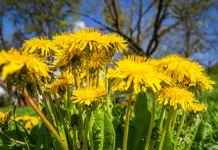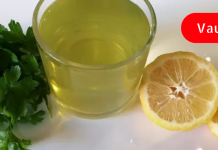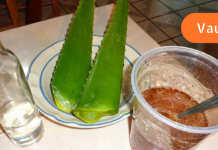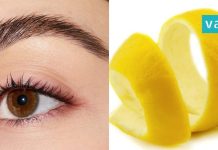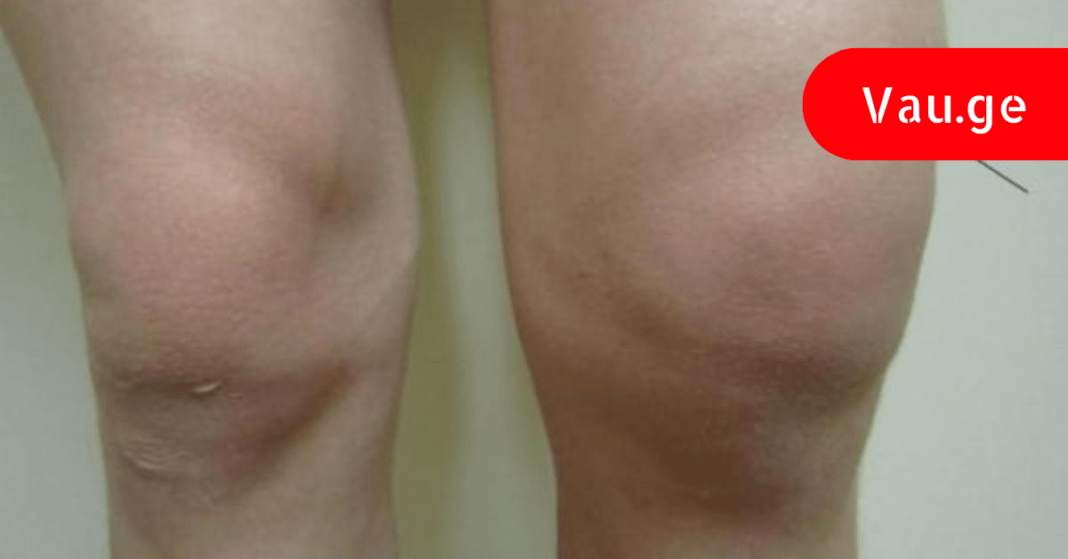Knee pain is a common condition that can result from a wide variety of causes, ranging from injuries to chronic conditions. While modern medicine offers many treatment options, sometimes simple folk remedies, passed down through generations, can be surprisingly effective. Personally, I’ve found that compresses made from laundry soap and cabbage leaves work wonders for me! Before diving into the remedies, it’s helpful to understand the most common causes of knee pain.
The causes of knee pain are typically divided into two main categories: acute injuries and damage caused by joint overuse. An acute injury is usually the result of a one-time trauma—like a fall or a sports accident. On the other hand, overuse injuries develop gradually over time due to repetitive stress on the knee joint. These types of pain are not caused by any specific traumatic event, but instead by long-term strain.
Interestingly, the cause of knee pain can also vary depending on age. In children and adolescents, knee pain is most often associated with conditions such as patellar subluxation (partial dislocation of the kneecap), Osgood-Schlatter disease (tibial apophysitis), and patellar tendinitis—commonly known as “jumper’s knee.” These issues typically occur during periods of rapid growth or physical activity.
Now, let’s talk about some natural remedies that have helped me and many others manage knee pain effectively.
One particularly effective folk remedy involves using horseradish leaves. If you experience knee pain, try this: take fresh horseradish leaves, dip them briefly in boiling water, and then place them over your knees for about 2–3 hours. Horseradish leaves are known to help draw out salts and reduce inflammation, which in turn helps to ease the pain. This method can be repeated daily for a full week for best results.
Cabbage leaves are another excellent natural treatment. Simply take fresh cabbage leaves, slightly crush them to release their juices, and place them over your knees before bed. Wrap them securely with a bandage or cloth. For an even more effective compress, apply a bit of grated laundry soap on the cabbage leaf before wrapping it. This combination helps reduce swelling and relieves pain overnight.
Another traditional remedy involves making a homemade tincture using alcohol and kerosene in equal parts. Pour this mixture into a glass jar, and then add 3–4 hot chili peppers. Seal the jar tightly and let it sit in a warm, dark place for about one month. After that, it’s ready to use.
To apply, soak a cloth or cotton in the mixture and gently rub it onto your knees or any painful joints. Once applied, wrap the joint in a warm woolen cloth or scarf and leave it on until your next application. This process should be repeated daily, either in the morning, evening, or whenever you have time. Remember to shake the mixture well before each use.
Another effective homemade remedy that I highly recommend is made from the following ingredients: 50 grams of camphor, 100 grams of alcohol, 50 grams of mustard powder, and 100 grams of raw egg white. First, dissolve the camphor in alcohol. Then, separately mix in the mustard powder and egg whites. Once all ingredients are well blended individually, mix them all together thoroughly.
Rub this mixture into your knees just before bedtime. It penetrates the skin and helps reduce inflammation, relax the muscles around the joint, and ease the pain. Over time, with consistent use, many people experience significant improvement in mobility and a noticeable reduction in discomfort.
In conclusion, while these folk remedies are not a replacement for professional medical advice, they can be a helpful addition to your self-care routine—especially if you suffer from chronic or mild knee pain. As always, listen to your body and consult a healthcare provider if your symptoms worsen or persist.
